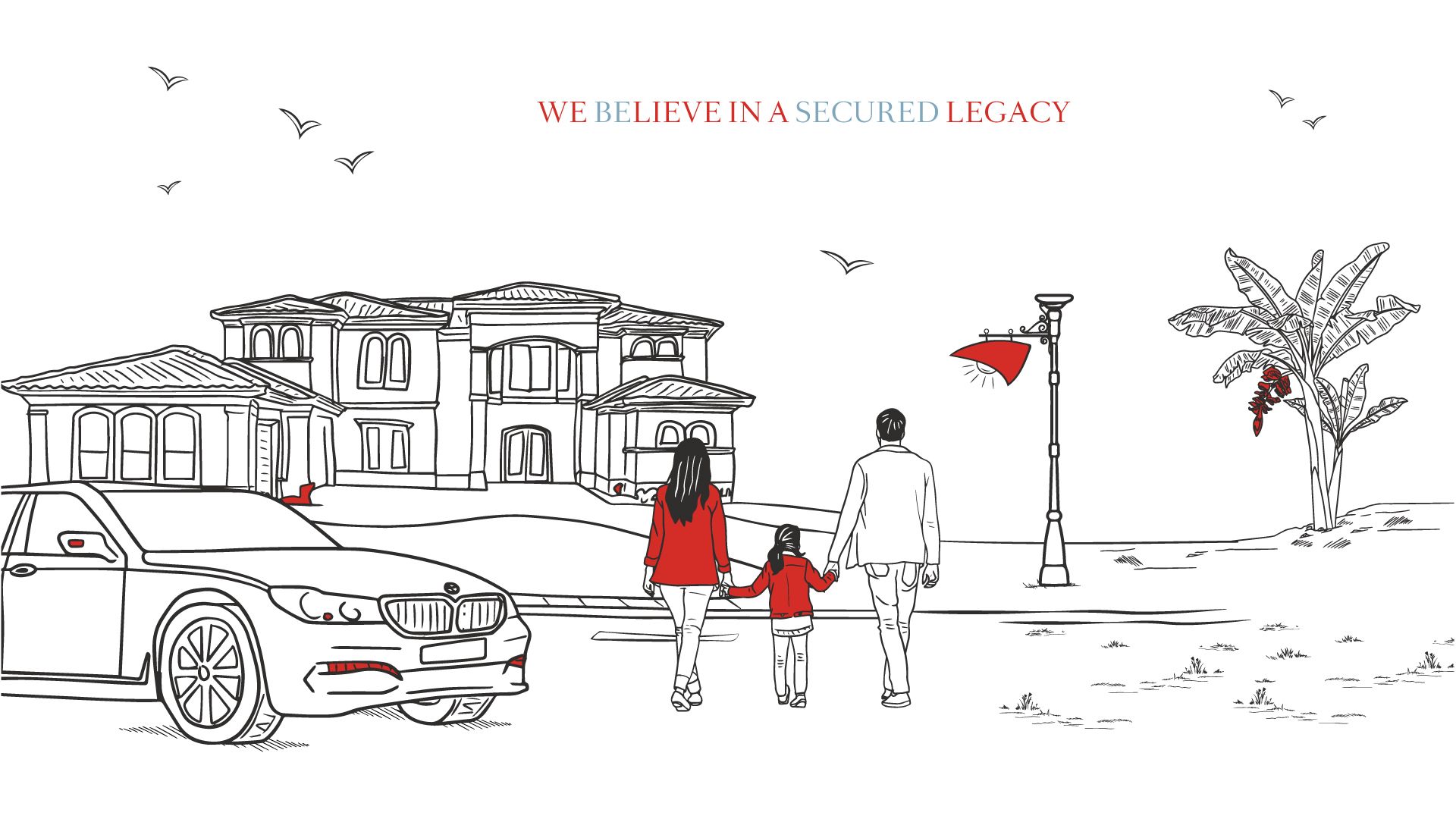
PILLAR 3: ENVIRONMENTAL RESPONSIBILIT

Figure 19: Strategy for development of Environmental Responsibility Pillar
As a Responsible Bank, ABL commits to continue reporting on its environmental strategy and associated Key Performance Indicators (KPIs). This is in line with our plan to reduce our carbon footprint in the long term.
Waste Management
The main types of waste at the Bank are paper and waste IT Products (Reference: Sustainability Topics for Sectors: What do stakeholders want to know? Accessed on 12 August 2020 at https://www.globalreporting.org/resourcelibrary/sustainability-topics.pdf. At AfrAsia, our main objective is to have a global approach towards the responsible disposal of our waste. We are currently reviewing and revamping our waste management scheme at both of our locations at Port Louis and Ebene. The main focus of our strategy is to create awareness, reduce and recycle our waste.
E-Waste
Since 2019, we have partnered with BEM Recycling, a local company specialized in the treatment of Waste of Electrical and Eletronic Equipment (WEEE) in a responsible manner. We regularly send our electrical and electronic waste to the recycler and receive a detailed report on the e-waste at the end of each financial year.
Figure 20: Quantity of E-waste collected at AfrAsia in Kgs by BEM Recycling
Paper Consumption
From deforestation for the raw materials to pollution during the manufacturing process and waste generation, paper production is one of the processes with a very high environmental impact. As per the Digest of Environment Statistics in 2018 by the Ministry of Finance and Economic Development (http://statsmauritius.govmu.org/English/StatsbySubj/Documents/Digest/Environment/Digest_Env_Yr18.pdf), around 50 tonnes of paper waste (more than double the amount in 2017) were diverted to Mare Chicose landfill in 2018. According to the Continuous Multi-Purpose Household Survey 2015, only around 18.8% segregated their paper waste for recycling in Mauritius.
As a financial institution, our paper consumption is very high. We have been working on strategies to reduce the paper usage. Our facilities department have implemented a costing system for printing (MUR 3 for colored and MUR 0.5 for black and white). We will monitor and report the incidence of this initiative on the paper usage at ABL in the following financial year. Additionally, initiatives such as the shift to digital banking and the provision of E-statements and E-advices to our clients have contributed to the decreased in the number of reams of paper purchased annually.
Figure 21: Total number of reams of paper purchased
Energy Management
The Bank two main sources of energy consumption is through electricity and fuel. We aim to put in place a complete review for the energy management at AfrAsia Bank, including the use of scientific methods to determine, monitor and reduce our Carbon Dioxide Emissions.
Electricity
With 79.3% of our electricity coming from non-renewable sources in Mauritius, every company needs to strive to reduce wastage in energy consumption and move towards the generation of their own electricity through solar panels and other renewable sources.
AfrAsia Bank has two premises in Mauritius namely in the NeXTeracom Tower at Ebene (rental of 4 levels) and in Port Louis (National Heritage Building). As of now, we rely on the Central Electricity Bureau, the local electricity provider for our electricity needs due to limitations placed when renting premises and owning a National Heritage Building. However, we monitor our electricity consumption and encourage our employees to reduce their consumption.
Figure 22: Electricity Consumption in KwH for FY 2019-2020 (Includes Mauritius only)
Fuel consumption
According to National inventory of greenhouse gas emissions (CO2) and removals by source categories, Republic of Mauritius in 2018, the transport activities contributed to around 1,087.36 thousand tonnes of Carbon dioxide equivalent (CO2 eq) and make up around 26.3% of the total greenhouse gas emissions from the energy sector.
Commuting for our employees consists mostly of the following:
- Home to work (public transport and personal transport)
- Work to home (public transport and personal transport)
- Client visits for some (Taxi and personal transport)
- Attending events on behalf of AfrAsia Bank (Taxi and personal transport)
For this financial year, we have made a quick estimate of the distance travelled by our staff as well as the fuel consumption and the CO2 eq. The data used for this calculation relies on the taxi costs and staff travel allowance (mileage) expenses (excluded air transport).
|
Total Taxi Costs |
Rs 6,377,088.56 |
|---|---|
|
Total Staff Allowance |
Rs 6,377,088.56 |
|
Total Expenses on Transport |
Rs 56,683,761.28 |
|
Total Litres of petrol consumed |
1,288,267.30 |
|
Total Distance travelled in KMs |
12,882,673.02 |
|
Total CO2 eq tonnes/km |
2.32 |
|
Assumptions: Conversion factor: 0.18 KgCO2e/Km* Average consumption per vehicle: 10L/100Km Average cost of fuel: MUR 44/L |
Table 1: Conversion table for transport costs into CO2 equivalent
*Conversion factor used is an estimate based on conversation for a center car (https://www.mdpi.com/2071-1050/12/4/1629/pdf)
The way forward, we will be using the scientific method developed by the Greenhouse Gas (GHG) Protocol to estimate our GHG emissions from commuting of our employees. This will allow us calculate our estimated savings in CO2 emissions through the implementation of schemes such as Remote Working.